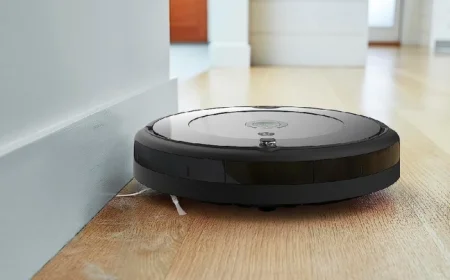Breakthrough discovery revolutionizes how scientists shape stem cell destinies

Recent research has unveiled significant advancements in understanding how stem cells make developmental choices. This breakthrough discovery highlights the role of cellular structures known as P bodies in determining a cell’s fate.
Understanding Stem Cell Differentiation
Nearly 30 years after the isolation of the first human embryonic stem cells, scientists continue to investigate how these undifferentiated cells evolve into approximately 200 distinct cell types in the human body. A new study, published in the journal *Nature Biotechnology*, has shed light on the influence of P bodies on this process.
The Role of P Bodies
P bodies, or processing bodies, are clusters of ribonucleic acid (RNA) and protein located within the cytoplasm of cells. These structures were first discovered by Professor Roy Parker in 2003 and have since been linked to various diseases, including Parkinson’s and certain cancers.
- P bodies function as organized storage units rather than mere disposal sites for unwanted RNA.
- Different cell types contain specific RNA forms within P bodies that can influence cell fate.
Researchers found that manipulating P bodies could release stored RNA, guiding cells back to earlier developmental stages. This process allows scientists to convert more mature cells into primordial germ-cell-like cells (PGCLCs) or totipotent-like cells, which can transform into any cell type.
Implications for Medicine
This research opens exciting possibilities for various medical applications. By developing germ cells in the lab, scientists hope to create new fertility treatments. Additionally, producing totipotent cells from simple skin cells could lead to organ regeneration.
- Lab-generated early-development cells could help researchers better understand disease origins.
- These cells could also be utilized for drug testing, providing specialized tissue for evaluating new medications.
Furthermore, the study emphasizes the critical role of noncoding RNAs called microRNAs in the storage process within P bodies. By modulating these microRNAs, new therapeutic avenues may emerge.
Future Research
With this newfound understanding of P bodies and their impact on stem cell differentiation, researchers are eager to delve deeper. The study lays the groundwork for manipulating cell fate in meaningful ways, potentially advancing regenerative medicine and fertility treatments.
Co-senior author Bruno Di Stefano expressed the significance of comprehending the fundamental aspects of biological processes. The potential to manipulate stem cell destinies now appears closer than ever, paving the way for future innovations in human health.



























